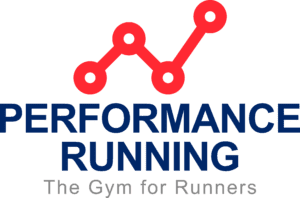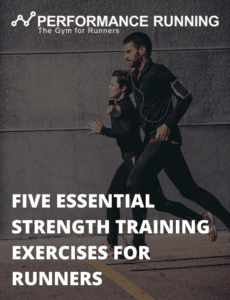In May of 2019, I was unfortunate enough to get a pretty severe case of plantar fasciitis. I learned a lot from the experience, and thought I’d share some of it with you in hopes that I can help prevent you from making some of the same mistakes I made.
I first noticed my heel pain in the beginning of May. I was doing a few fast mile repeats and, on the last repeat, I felt a pretty significant pain in my foot. I stopped the interval and walked home. I rested a day and did some easy running, but the pain was intense. I was worried, as I had a 10-mile race, a running trip to the North Shore, and a pacing gig at the Bighorn 100 on my schedule – all within six weeks of the onset of this pain. These were all things that I felt very strongly about completing if possible, so I ran through the pain and did them all. I’m glad I did, but in hindsight it wasn’t a smart idea. I raced well, had a blast on my running trip, and helped a friend complete the Bighorn 100. So it was all worth it to me, but it really did make my injury worse and my recovery take much longer than it would have. I knew that was a potential consequence of my decisions at the time and I had accepted the risk.
I then sought treatment from a few different health care professionals (a sports chiro, 2 PT’s, and a massage therapist) and any gadget I could get my hands on (googling plantar fasciitis many times each day and trying different shoe inserts, mats, lotions, socks, supplements, and many tools and gadgets for self myofascial release). I had a trip to Oregon coming up in July and wanted a fast fix so I could run in the mountains. I was trying so many different things, but nothing was helping. I thought if I tried getting help from a few different types of providers and self-help items, it would help me get better faster. I was essentially throwing everything I could at it in hopes of a quick recovery. I completely trust all the people that were helping me, but I wasn’t getting any better.
I finally gave in and shut my running down. I decided to commit to one physical therapist and trust that person completely to get me through the injury. I did the recommended PT as prescribed, followed my instructions exactly as given to me and started practicing the hardest thing for a runner to do – PATIENCE. Six weeks went by and still not much improvement, but I still trusted the process and finally things started improving. Once there was a little improvement, I was even more motivated to work hard and do my exercises. I was eventually able to begin a gradual return to running program in September – 4 months later.
Once I began my return to running, I had to follow a very safe and gradual plan given to me by my PT so that I wouldn’t re-injure my foot. This was probably the most difficult part for me as I was feeling great again and wanted to run more and more. Because of all the great PT work I had been doing, I was stronger after my injury than before. Also, thanks to some great coaching during the summer, I was able to maintain my fitness with various cross-training activities. As I began running more and more, I realized how fast I was regaining my fitness. I had worked very hard while injured and it paid off when I was finally able to run again.
So, my advice to you is this: Find a provider that you trust completely and follow their plan to help you recover from your injury. Do the work they ask you to do. All of it. Not more, not less. Be patient. Cross train. Be patient some more. There is rarely a magic quick fix. If you’ve been seeing the same health care professional for a significant amount of time (relative to your injury) with no improvement, seek a second opinion. When you begin your return to running, ask for help from someone to put together a plan for your return to running.
I hope this helps you and I hope you’re running injury free again very soon!




Recent Comments